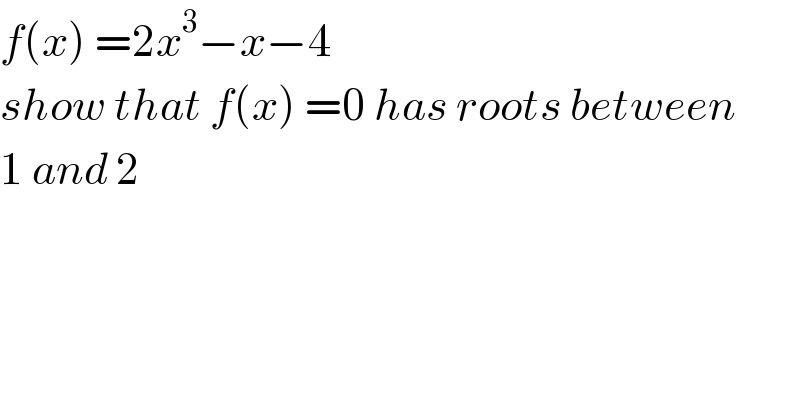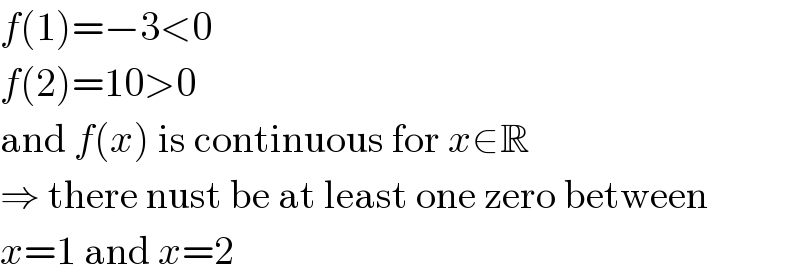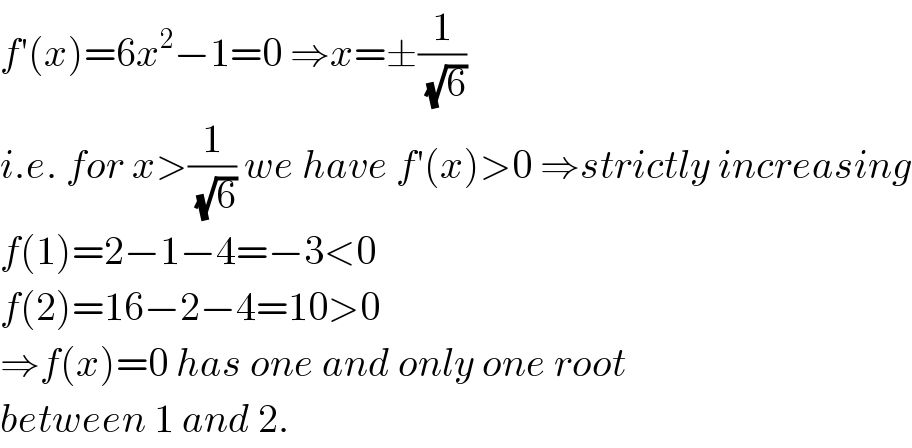
Question and Answers Forum
Question Number 66149 by Rio Michael last updated on 09/Aug/19

Answered by MJS last updated on 09/Aug/19

Answered by mr W last updated on 09/Aug/19

| ||
Question and Answers Forum | ||
Question Number 66149 by Rio Michael last updated on 09/Aug/19 | ||
 | ||
Answered by MJS last updated on 09/Aug/19 | ||
 | ||
| ||
Answered by mr W last updated on 09/Aug/19 | ||
 | ||
| ||